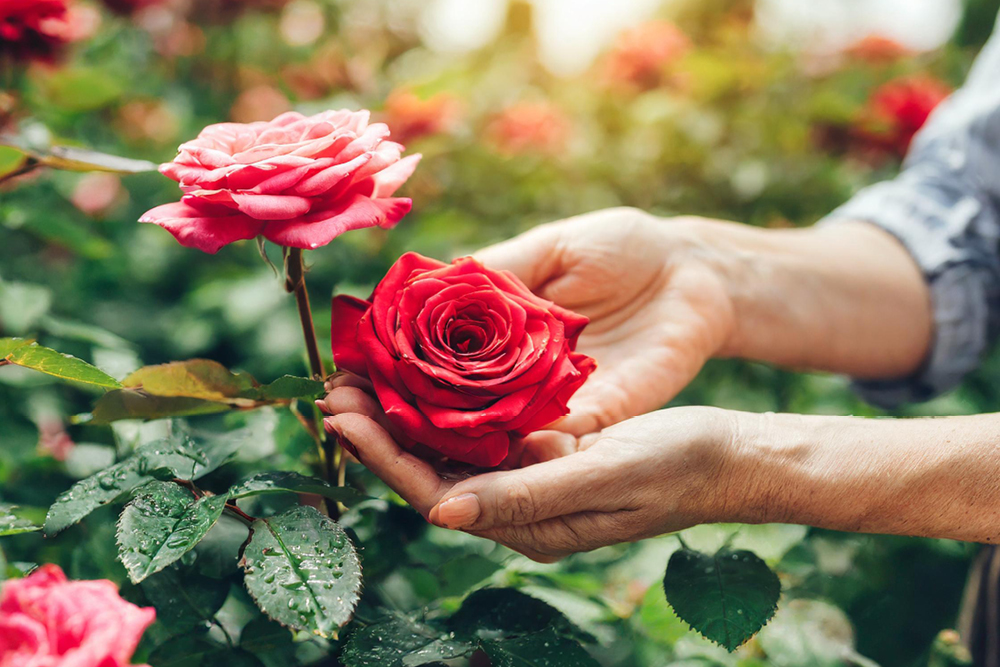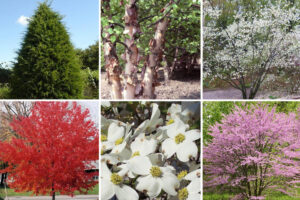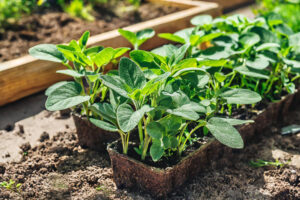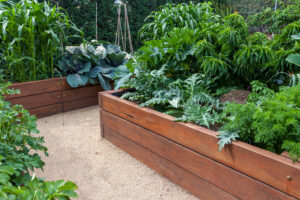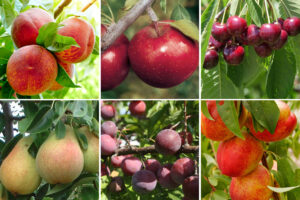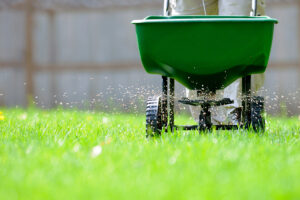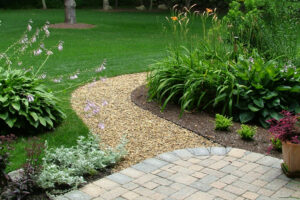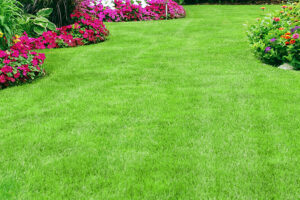Roses, with their intricate blooms and enchanting fragrance, are the aristocrats of the garden. But even royalty needs care and attention to maintain their splendor. Here’s a guide to ensure that your roses receive the royal treatment they deserve, from soil preparation to the final touch of mulch.
Planting and Soil Preparation
The success of rose gardening begins with proper planting. All roses thrive in full sun, requiring at least six hours of direct sunlight. The soil should be well-drained to prevent root rot, which can be deadly for these plants. To enrich the soil, incorporate soil conditioners like Leaf Gro or mushroom compost before planting. These amendments provide essential nutrients and improve soil structure, ensuring your roses have a strong foundation.
Watering Techniques
Roses love water, but like any noble, they have their preferences. They enjoy a deep soak of about one inch of water per week. This deep watering encourages the roots to grow downwards, creating a robust root system. It’s crucial to water the roots directly and keep the leaves dry. Wet foliage can become a breeding ground for disease, so watering early in the day can help leaves dry out and minimize this risk.
Fertilization for Flourishing Blooms
Roses need to be fed well to achieve the maximum number of blooms. These heavy feeders should be started on a fertilization regimen in the spring and continue every 4-6 weeks until fall. This consistent feeding schedule ensures that roses have the nutrients they need throughout the growing season. The choice of fertilizer is also essential; products specifically formulated for roses can make a difference in bloom size, color, and frequency.
Pruning and Disease Prevention
Early spring is the time for pruning. Cutting roses back to about 12 inches stimulates new growth and helps create an open framework that improves air circulation. This not only shapes the plant but also reduces the risk of disease. Post-pruning, cleaning up fallen leaves or debris, and applying lime sulfur spray or dust to the ground is advisable. This helps eradicate any lingering disease spores from the previous season and sets a clean slate for the new growing period.
Mulching for Moisture and Health
Mulch is more than just a cosmetic enhancement; it’s a protective layer that conserves moisture, regulates soil temperature, and reduces weed competition. After pruning, a fresh layer of hardwood mulch completes the care cycle, locking in moisture and adding an aesthetic finish to the rose bed.
The Royal Bloom
Adhering to these care instructions will result in healthier plants and a garden that is a feast for the senses. Imagine stepping outside to a view of vibrant roses, each one a testament to the care and effort you’ve invested. With the proper care, your roses will be more than just plants; they’ll be the crowning jewels of your garden, inspiring admiration and providing joy from spring to fall.
By following these steps, you will ensure that your roses – the queens of the garden – are given the regal treatment they require. The result is a spectacular display of blooms that will enhance the beauty of your home and provide a sense of achievement that comes from nurturing something genuinely magnificent.

